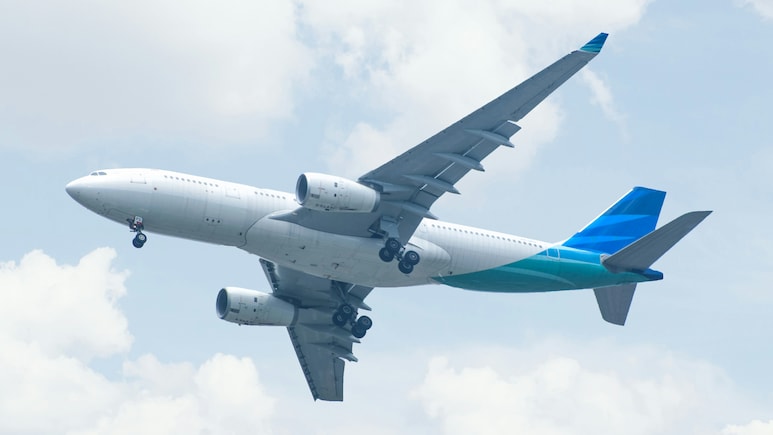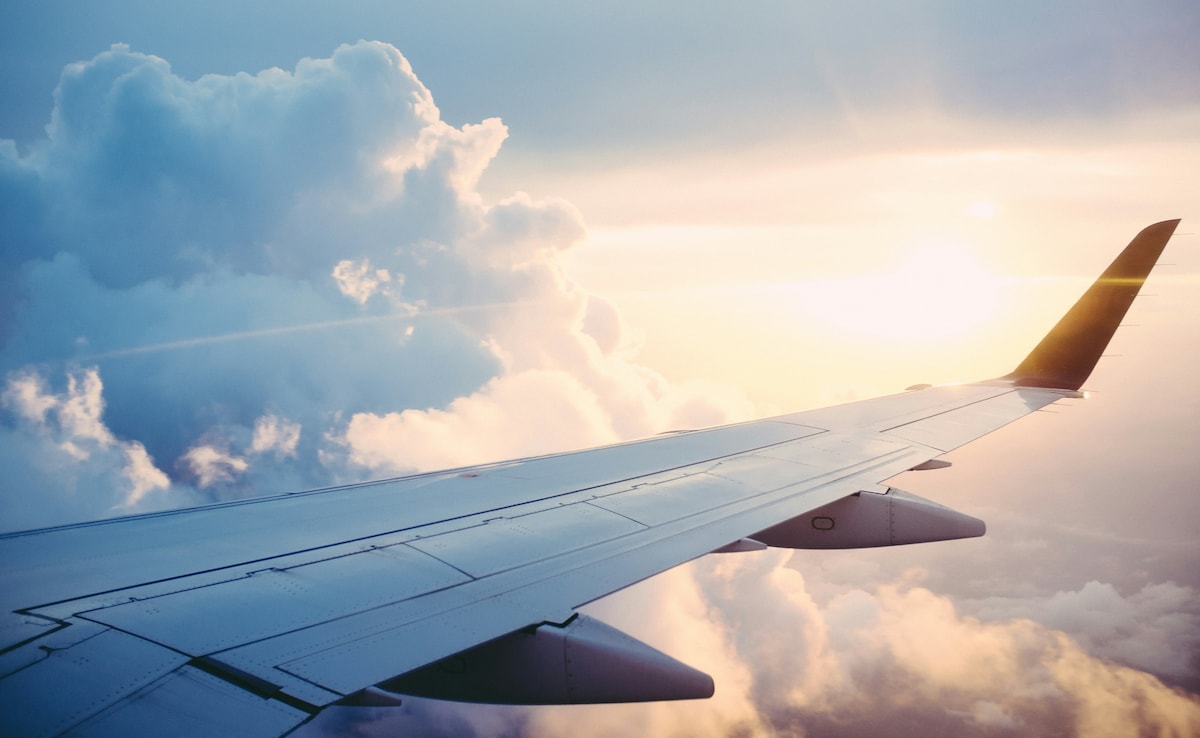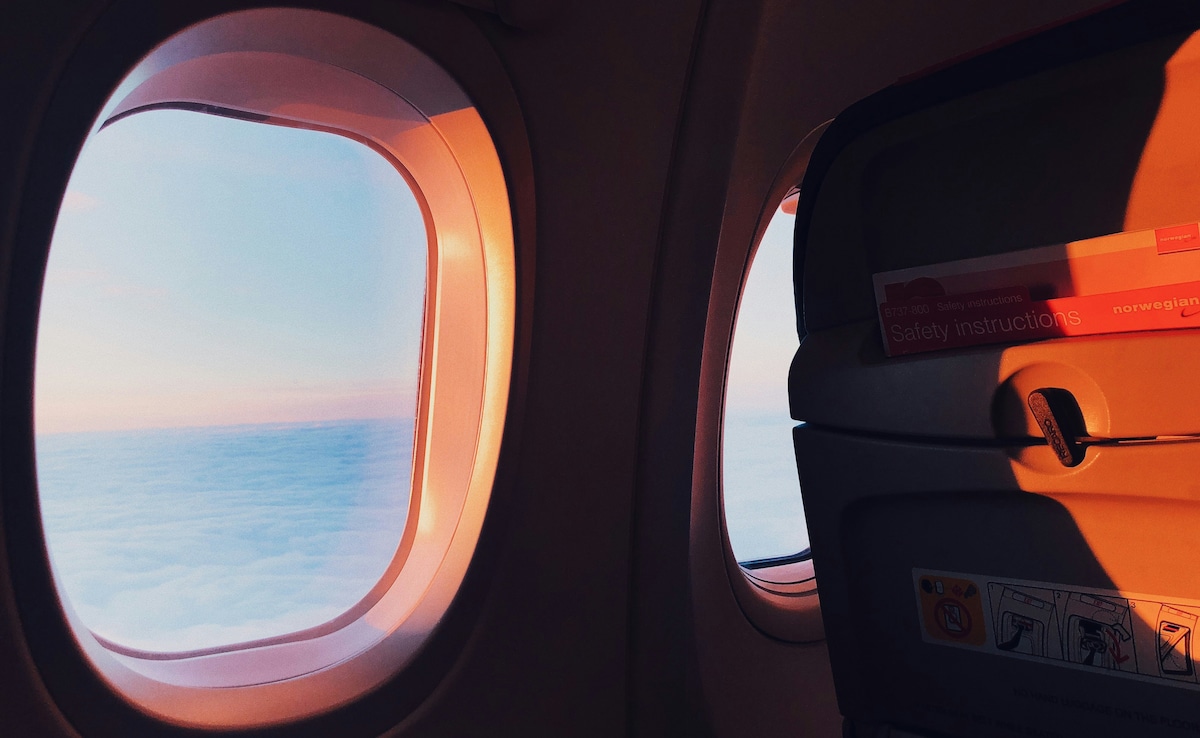
- Have you ever stopped to wonder why airplanes are always white?
- It turns out that painting an airplane white has several logical reasons.
- Here are five key reasons behind this colour choice.
If you've ever stared out at a lineup of planes at an airport, you've probably noticed that they almost always share one thing in common: they're white. Whether you're flying with a budget airline or a full-service carrier, chances are your aircraft is coated in clean, bright white paint. But have you ever stopped to wonder why this is so? Is it just about looks or is there more to it? Well, it turns out that painting an airplane white has several logical reasons behind it. From science and safety to savings, let's discover five key reasons behind this colour choice.
Also Read: 5 Fascinating Reasons Why Airplane Windows Are Round, Not Square

Photo Credit: Unsplash
Here Are 5 Reasons Why Airplanes Are Always Painted White:
1. White Reflects Heat
White paint reflects sunlight, helping to keep the airplane cool. This is especially important when it's sitting on the tarmac in a hot climate. By reflecting sunlight, the need for cooling systems is reduced and sensitive equipment inside the aircraft is protected from heat damage. In contrast, if the airplane were painted a darker colour, it would absorb more heat.
2. It Saves Airlines A Lot Of Money
Painting an aircraft is a huge job. It requires hundreds of litres of paint, special equipment and time, often keeping the plane grounded for days. White paint is lighter, more cost-effective and requires fewer coats, which translates to fuel savings and reduced costs. So, it's really a smart choice for airlines.
3. It Makes Cracks And Dents Easier To Spot
Safety checks are crucial in aviation. A white surface enables engineers to easily detect oil leaks, dents and other damage, which might be harder to spot on a darker surface. This helps ensure the plane remains safe for everyone on board. By facilitating early detection of potential issues, white paint plays a vital role in preventing accidents.
4. Birds Notice White Planes More Easily
Did you know that birds are better at spotting white planes? It's true! According to research published in the Digital Commons Journal, white aircraft are more visible to birds, which can significantly reduce the risk of bird strikes. This is especially important during takeoff and landing, when birds are more likely to be in the vicinity of the aircraft.
5. It Helps With Resale Value
Just like buying a neutral-coloured car, white planes are easier to resell or lease to other airlines. A simple white base makes it easier to repaint the design or remove branding without expensive overhauls. This versatility saves airlines significant costs in the long run, making white a practical choice for their fleets.
Also Read: Why Most Airplanes Do Not Fly Over The Pacific Ocean

Photo Credit: Unsplash
Why Do Airplanes Dim Lights?
Dimming cabin lights during take-off and landing allows passengers' eyes to adjust to darkness in case of an emergency evacuation, ensuring everyone's safety.
Why Are Airplane Windows Round, Not Square?
Airplane windows are round because sharp corners can create weak spots, leading to metal fatigue and potential cracks. Rounded windows distribute pressure evenly, reducing the risk of breakage.
Why Are Window Shades Raised During Take-off And Landing?
Raising window shades during take-off and landing helps cabin crew assess outside conditions, ensures passengers' eyes are adjusted to natural light and facilitates evacuation if needed.
So the next time you board a plane and notice its white body, know that there are several logical reasons behind this design decision.
Track Latest News Live on NDTV.com and get news updates from India and around the world

